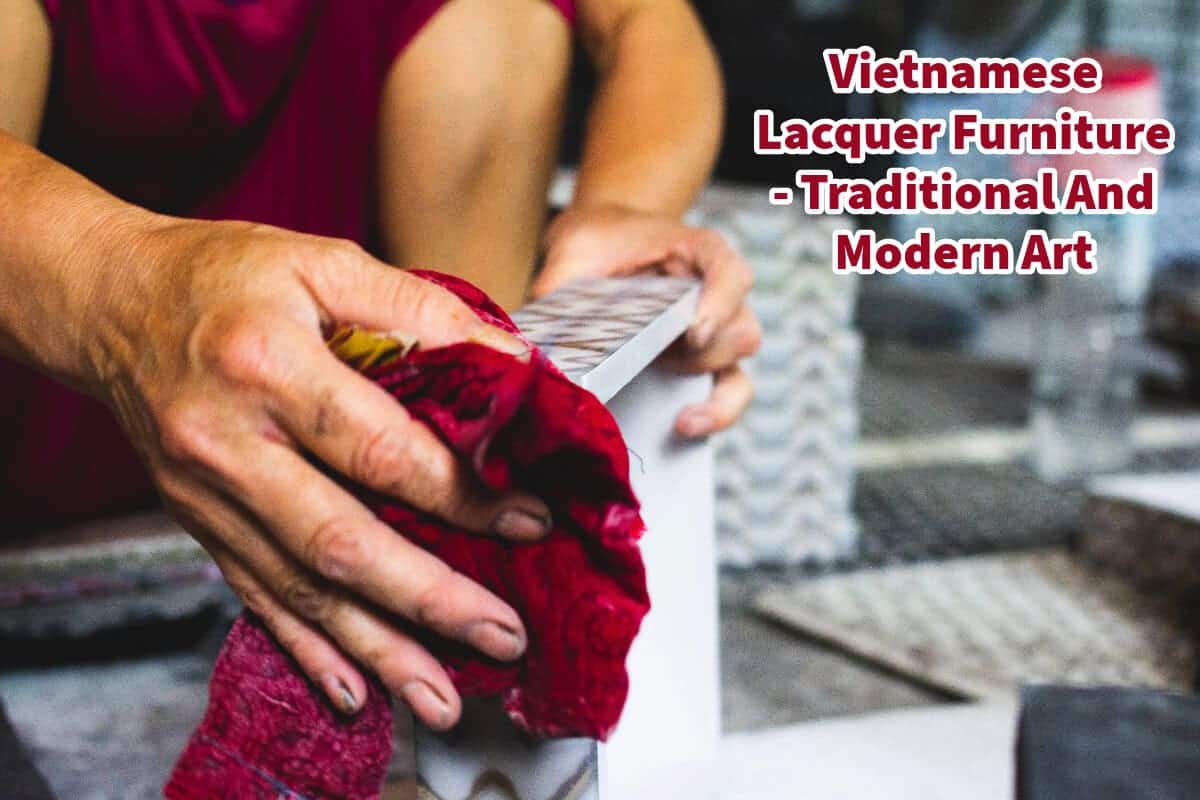The art of Vietnamese lacquerware has deep historical roots, enduring for centuries. Even today, in villages surrounding Hanoi, artisans persist in creating exquisite lacquer pieces.
Frequently applied to furniture, each item undergoes meticulous hand-sanding, layer after layer, to achieve the desired finish. This time-honored craft remains a significant element in contemporary furniture production. Continue reading to learn more about the interplay between Vietnamese lacquer art and modern furniture manufacturing.
Table of Contents
- The Art Of Vietnamese Lacquer Furniture: A Blend Of Tradition And Modernity
- The Stages Of Lacquerware Production
- Traditional Color Palette And Lacquerware
- Related Content
The Art Of Vietnamese Lacquer Furniture: A Blend Of Tradition And Modernity
Vietnamese lacquer furniture symbolizes tradition, meticulous craftsmanship, and aesthetic beauty. For generations, these pieces have been adorning homes in Vietnam and globally. Known for their durability, intricate inlay detailing, and a multi-step process that ensures their longevity.
Vietnamese lacquerware offers a glimpse into Vietnam’s rich culture and history. Read on as we delve into the fascinating world of Vietnamese lacquer furniture, shedding light on its complex manufacturing process, the traditional colors used, and the emerging modern accents.
A Time-Consuming Craft
The process of creating Vietnamese lacquer furniture is not for the impatient. It can take up to 100 days and involves around 20 or more distinct stages. Vietnamese lacquerware is built layer upon layer. While the duration and the number of steps may seem overwhelming, they contribute to the furniture’s durability and unique aesthetic.
In Mondoro, we also utilize Lacquer using various techniques
for other home decor items.
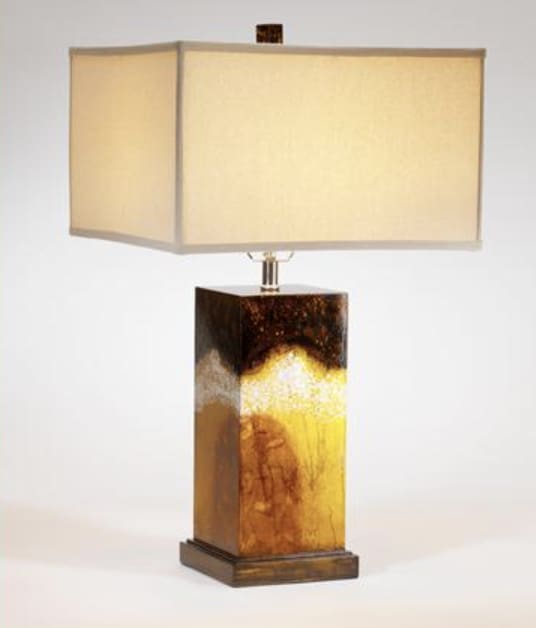
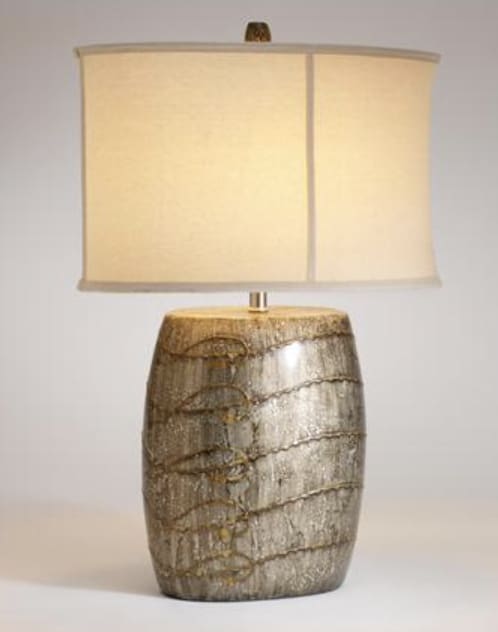
The Stages Of Lacquerware Production
Producing lacquer for furniture or any production takes many steps in the production process. Here are some of the steps for furniture production:
Shaping
The first step involves shaping the wood, which serves as the core material for the furniture. The wood is generally of high quality to ensure it lasts long.
Water Sanding
After shaping, the wood undergoes a process called water sanding, smoothed and polished to eliminate any irregularities on the surface.
Gold Or Silver Leaf Lacquer
At this stage, artisans may apply a layer of gold or silver leaf to add an element of luxury to the piece. This is done carefully by hand to ensure that the leaf adheres appropriately.
Coloring
Artisans then proceed to apply color lacquer. Traditional colors include vermillion, black, and brown, although the palette has expanded to contemporary designs.
Color Sanding
Once the color is applied, the furniture is sanded again to smooth out the lacquer and prepare the surface for the subsequent layers.
Hand Painting And Engraving
This is where the artist’s creativity truly shines. Intricate patterns, often inspired by Vietnamese folklore or natural elements, are painted and engraved by hand.
Brilliant Or Matte Finish
A final coating of brilliant or matte lacquer depends on the desired look.
Final Sanding
The last step is yet another round of sanding to ensure a perfectly smooth finish.
All of these steps can change according to the desired finish. Butt the main thing to understand for furniture production or any lacquer items is that there are many steps in the production process.
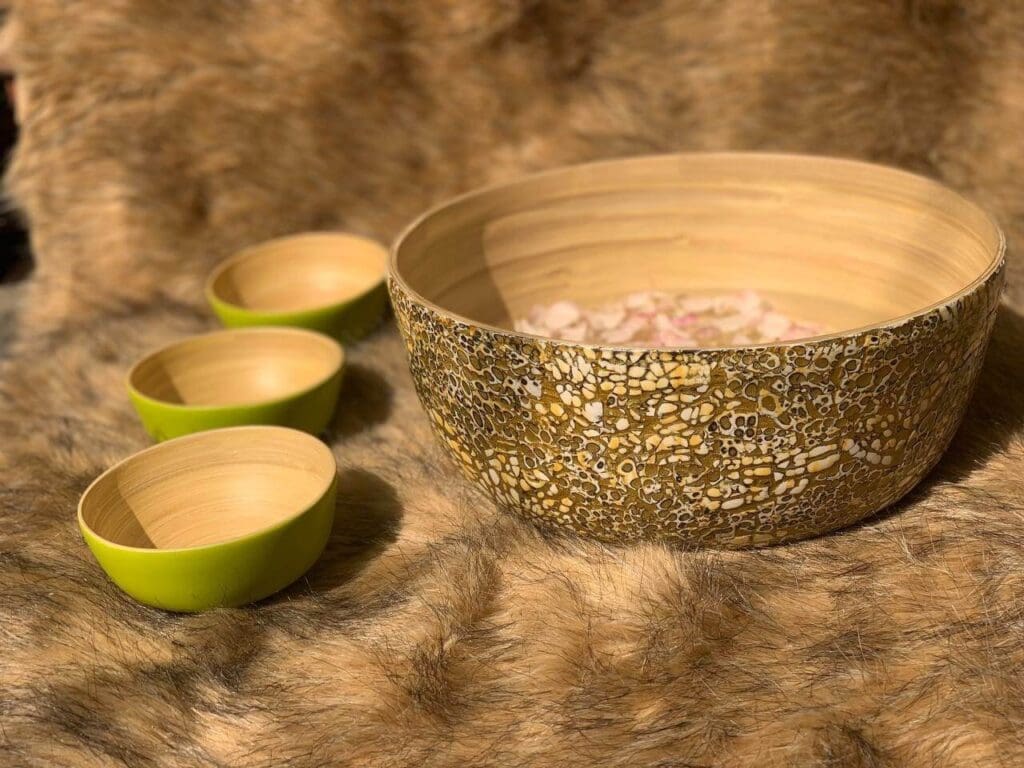
Traditional Color Palette And Lacquerware
Traditionally, Vietnamese lacquer furniture is made in three primary colors: vermillion, black, and brown. These colors have cultural and historical significance:
- Vermillion: Symbolizes good fortune and happiness
- Black: Represents power and elegance
- Brown: Often associated with earth and stability
But today, we can produce lacquers in almost any color or finish. Todaylacquerwaree is very versatile and can be produced in many colors.
Modern Accents And Styles
While the traditional approach to Vietnamese lacquer furniture has its roots deep in history, modern adaptations have led to a broader color palette and the incorporation of various materials into the design.
One popular trend is the use of eggshells or mother-of-pearl for inlay detailing. These materials not only enhance the beauty of the furniture but also lend a unique, modern touch to it.
Sustainability And Lacquerware
As demand grows, there is an increasing focus on sustainability. Many artisans now use eco-friendly materials and practices to minimize environmental impact. These include using sustainably sourced wood and natural lacquers, which are biodegradable.
Vietnamese lacquer furniture is a splendid example of how tradition and modernity can come together in a harmonious blend. The meticulous process, ranging from shaping to final sanding, is a testament to the skill and dedication of Vietnamese artisans.
While traditionally confined to three primary colors, the art has evolved to embrace a broader spectrum and incorporate modern materials like eggshells and mother-of-pearl.
The next time you find yourself in awe of a piece of Vietnamese lacquer furniture, remember that it is not just a piece of art but a cultural icon, representing a rich history and an even richer craft.
Each stage of its creation, color used, and modern accent added tells a story of beauty, durability, and the unbreakable spirit of Vietnamese craftsmanship.
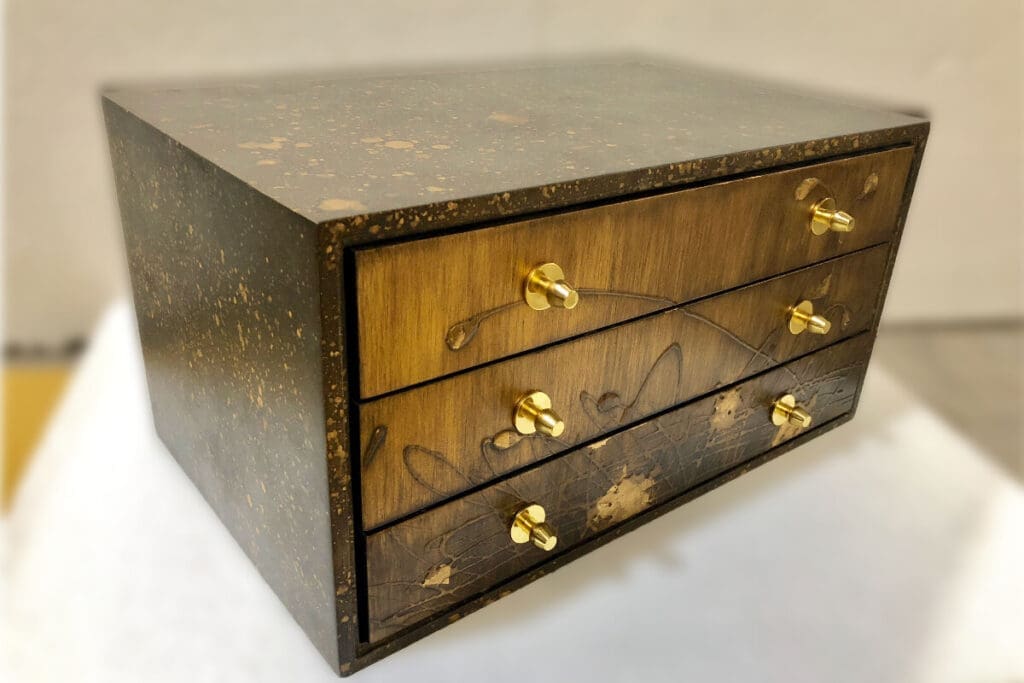
Investing in Vietnamese lacquer furniture means more than just acquiring a beautiful and functional piece for your home; it means becoming a part of a tradition that has stood the test of time. And as sustainability becomes more important, this ancient craft is also proving its relevance in the modern world.
So whether you prefer classic designs or modern interpretations, Vietnamese lacquer furniture offers something for every aesthetic preference, making it a genuinely timeless art form.
At Mondoro, our passion lies in celebrating the ancient art of Vietnamese lacquerware. We take immense pride in offering a wide array of traditional Vietnamese lacquer products, encompassing everything from boxes, trays, and lamps to furniture and other home decor pieces. If you’re intrigued and wish to delve deeper into this timeless craft, we eagerly await the opportunity to connect with you.
Find out more about how Mondoro can help you create, develop, and manufacture excellent home decor and home furniture products – including lacquer furniture. Don’t hesitate to contact me, Anita. Check out my email by clicking here or become a part of our community and join our newsletter by clicking here.
Mondoro gives out a FREE Lookbook to anyone interested. You can receive a copy of our latest Lookbook by clicking here.
Listen to our Podcast called Global Trade Gal. You can find it on all major podcast platforms. Try out to listen to one of our podcasts by clicking here.
Subscribe to our Mondoro Company Limited YouTube Channel filled with great videos and information by clicking here.
Related Content
Can I Put A Clearcoat On Top Of Lacquer Paint?
We spray a PU topcoat on top of our lacquer products. But to correctly spray the PU top coat, you need first to make sure the lacquer is completely dry, then spray a light PU clear coat on top of the paint. We sand in between each coat to ensure no issues with the topcoat layers.
You can discover more by reading Can I Put A Clearcoat On Top Of Lacquer Paint? by clicking here.
Where Did Lacquerware Originate? An Interesting History
Lacquerware originated from China; some lacquerware has come from 10,000 BC. The Chinese brought the lacquerware technique to many other parts of Asia, particularly Japan and Vietnam. Each country has developed its lacquerware techniques, colors, and shapes.
You can discover more by reading Where Did Lacquerware Originate? An Interesting History by clicking here.
How to Manufacture Vietnamese Lacquerware?
Vietnamese lacquer requires many manufacturing steps in the lacquer production process, including making the base, preparing the lacquer base to be applied, and finally using the lacquer paint onto the surface. Every piece must be carefully sanded to give it a very smooth surface. Vietnamese lacquerware production requires a lot of skill and knowledge.
To learn more, you can read How to Manufacture Vietnamese Lacquerware? An Insider’s Guide to Lacquer by clicking here.

